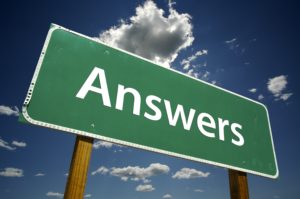How can I get Jublia (for treating nail fungus) at a lower price?
 Jublia (efinaconazole topical solution 10%) was approved for use in treating toenail fungal infections in 2014. The company which distributes it in the U.S., Valeant Pharmaceuticals International, has a history of charging astronomical prices for its drugs and the situation is no different for Jublia. A 4 ml bottle (enough to treat one toe daily for a month) has a cash price of about $649, and even with easily available discounts, it costs about $550. It will likely be many years before a less expensive generic version is available in the U.S.
Jublia (efinaconazole topical solution 10%) was approved for use in treating toenail fungal infections in 2014. The company which distributes it in the U.S., Valeant Pharmaceuticals International, has a history of charging astronomical prices for its drugs and the situation is no different for Jublia. A 4 ml bottle (enough to treat one toe daily for a month) has a cash price of about $649, and even with easily available discounts, it costs about $550. It will likely be many years before a less expensive generic version is available in the U.S.
So how can you get Jublia at an even lower price? First, Valeant offers steep discounts for those first trying Jublia. As of the time of this writing (10/10/15), if you have insurance which covers Jublia, Valeant will reduce your co-pay for either the 4 ml or 8 ml bottles to just $25, or to $75 if the drug is not covered by your drug plan. If you have no insurance, the discounted price is $125 for the 4 ml bottle, or $200 for the 8 ml bottle. You can get 11 refills at this price (but just one refill if your drug plan does not cover Jublia).
Jublia is sold in other countries at much lower prices than in the U.S. In fact, in Canada, Valeant Pharmaceuticals distributes Jublia at prices far lower than those in the U.S. Many Americans get their prescription medications from outside the U.S. to save money and, although this is not technically legal, individuals are not prosecuted for importing small quantities of medication for personal use. Outside the U.S., Jublia is sold in a larger quantity – 6 ml and 12 ml bottles. Currently, you can get a 6 ml bottle for as little as $95 (plus about $10 shipping) from any of any of several PharmacyChecker.com verified international pharmacies which dispense the medication from licensed pharmacies. This international online price is the equivalent of getting 4 ml for about $67 – more than an 80% discount off the standard U.S. price.
Tagged with: jublia, Valeant


